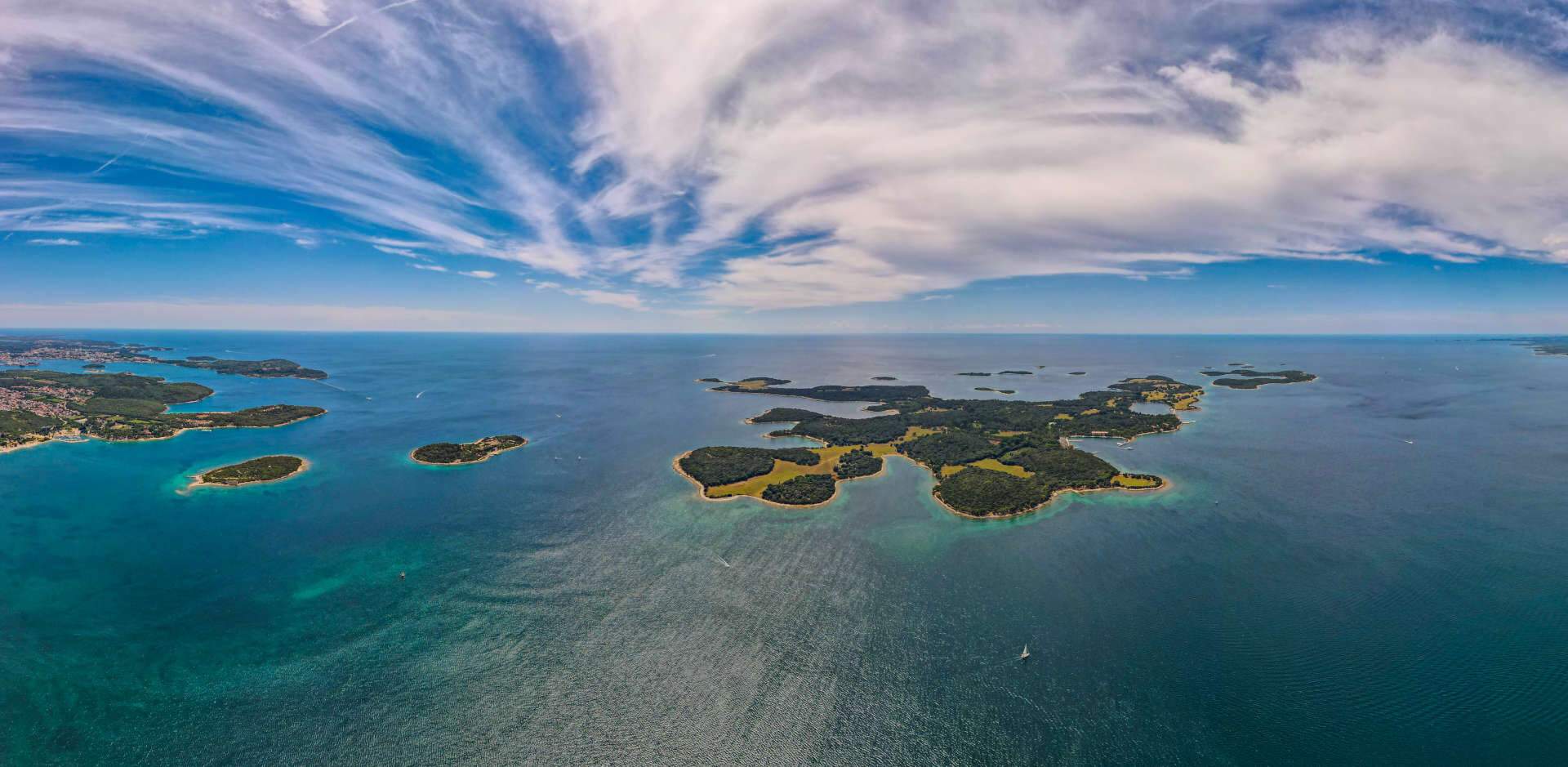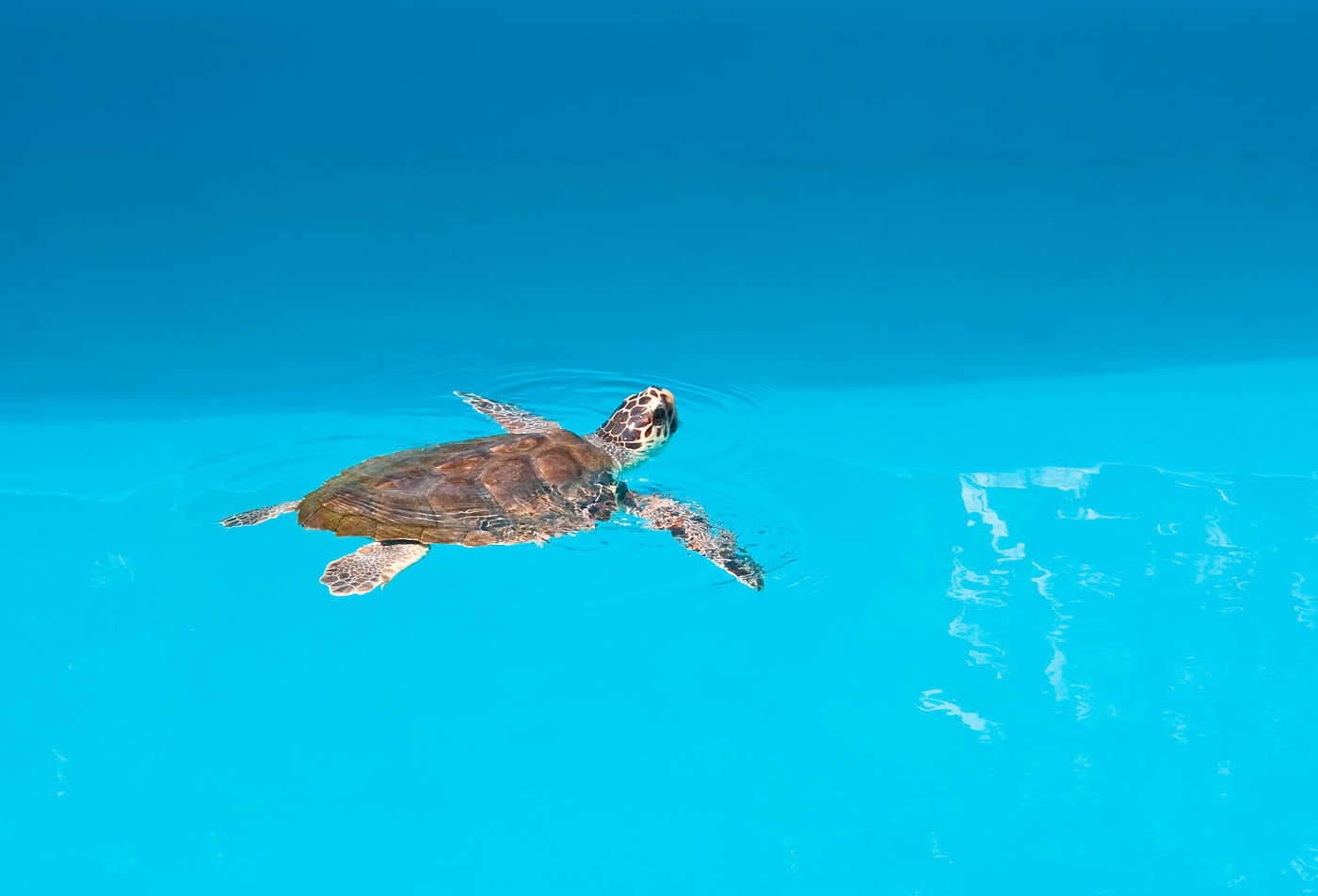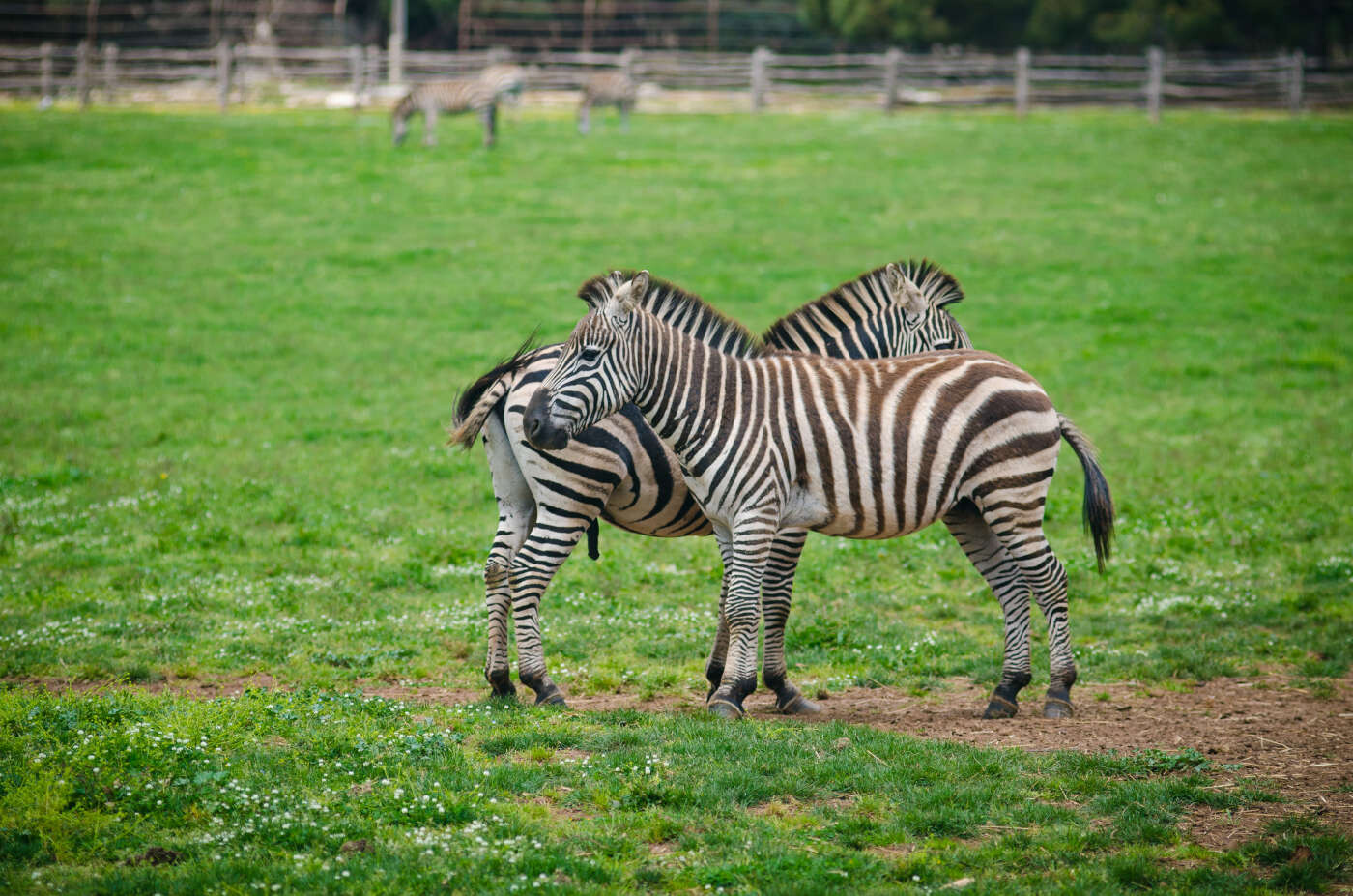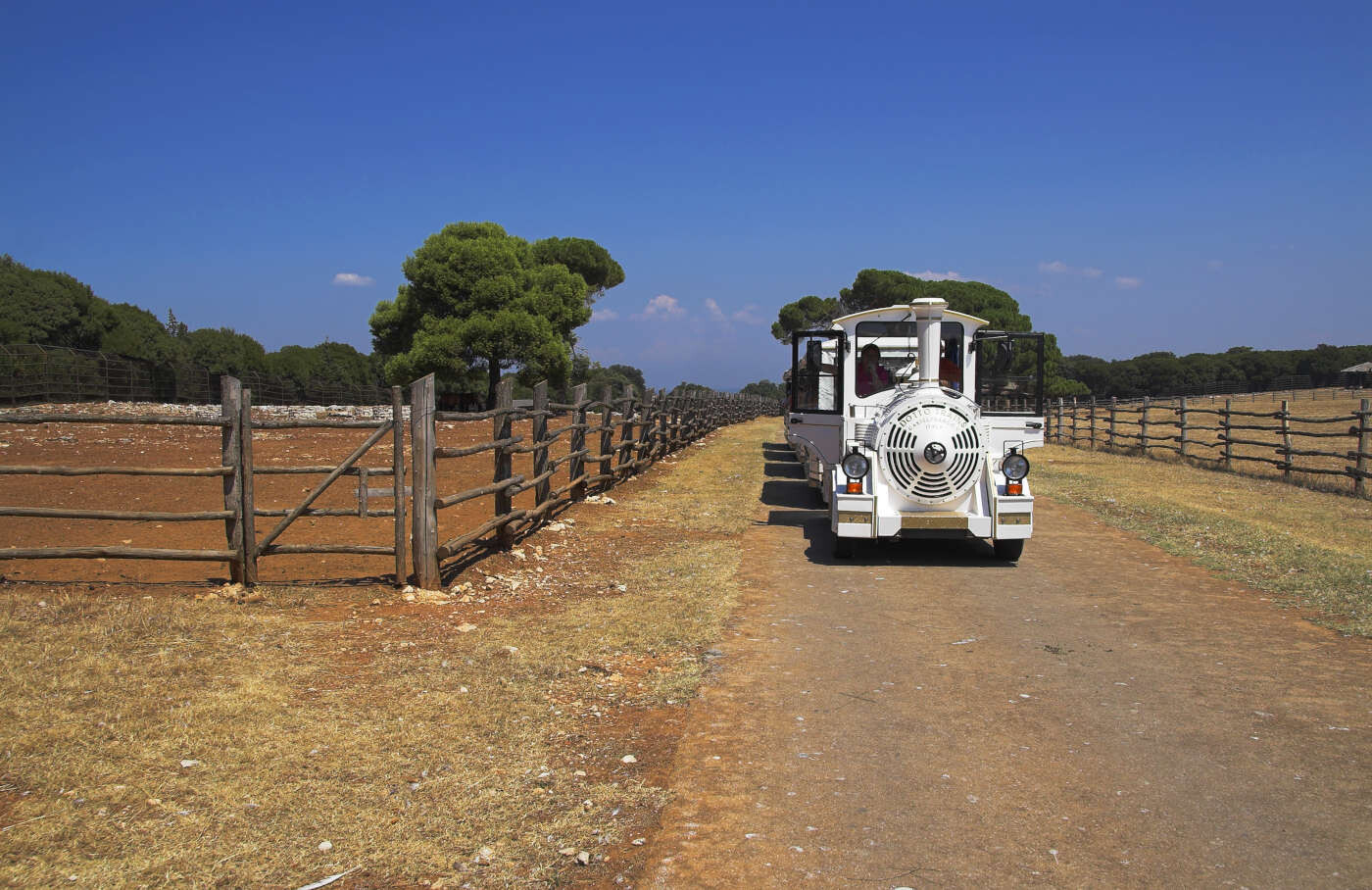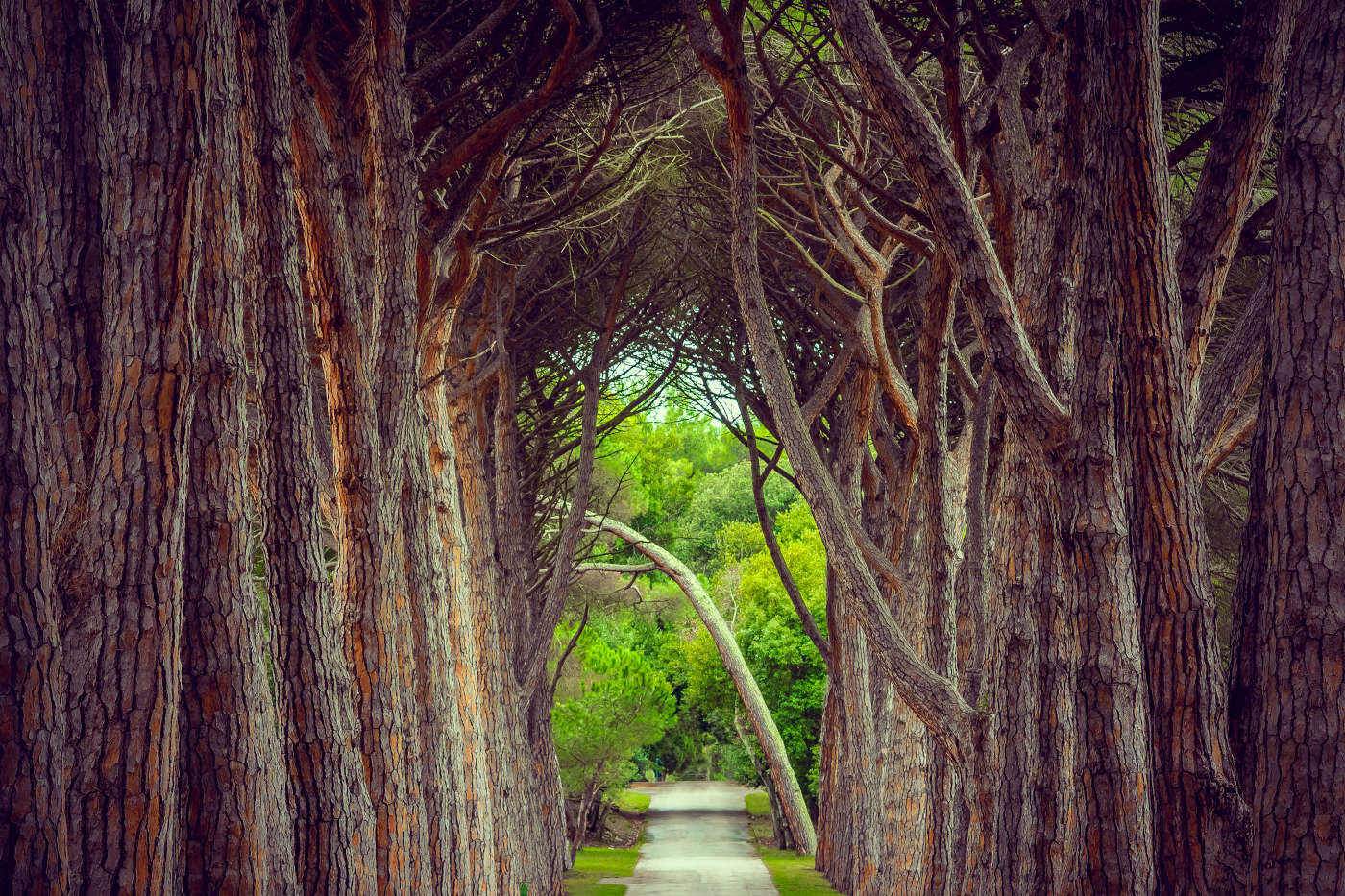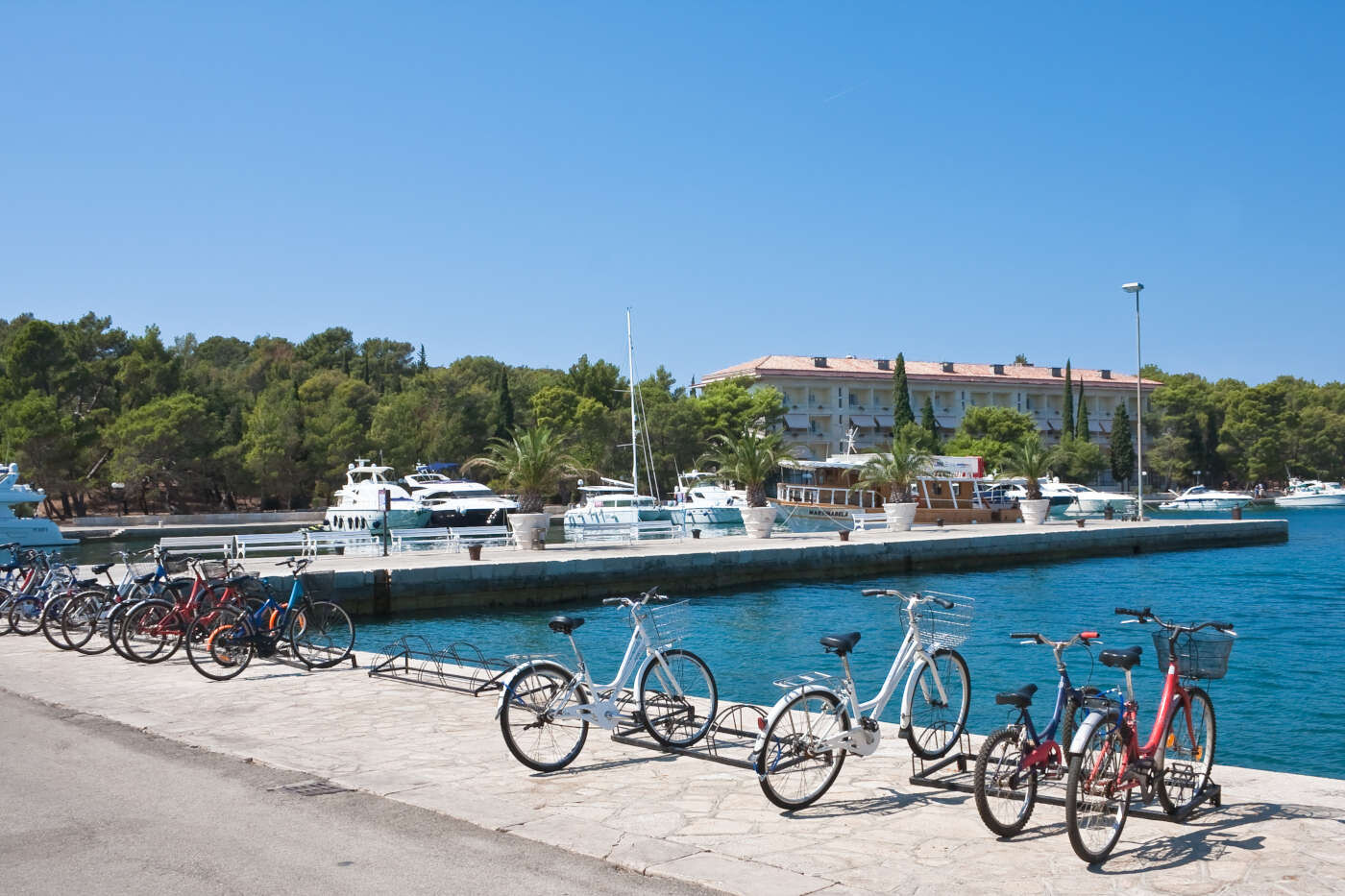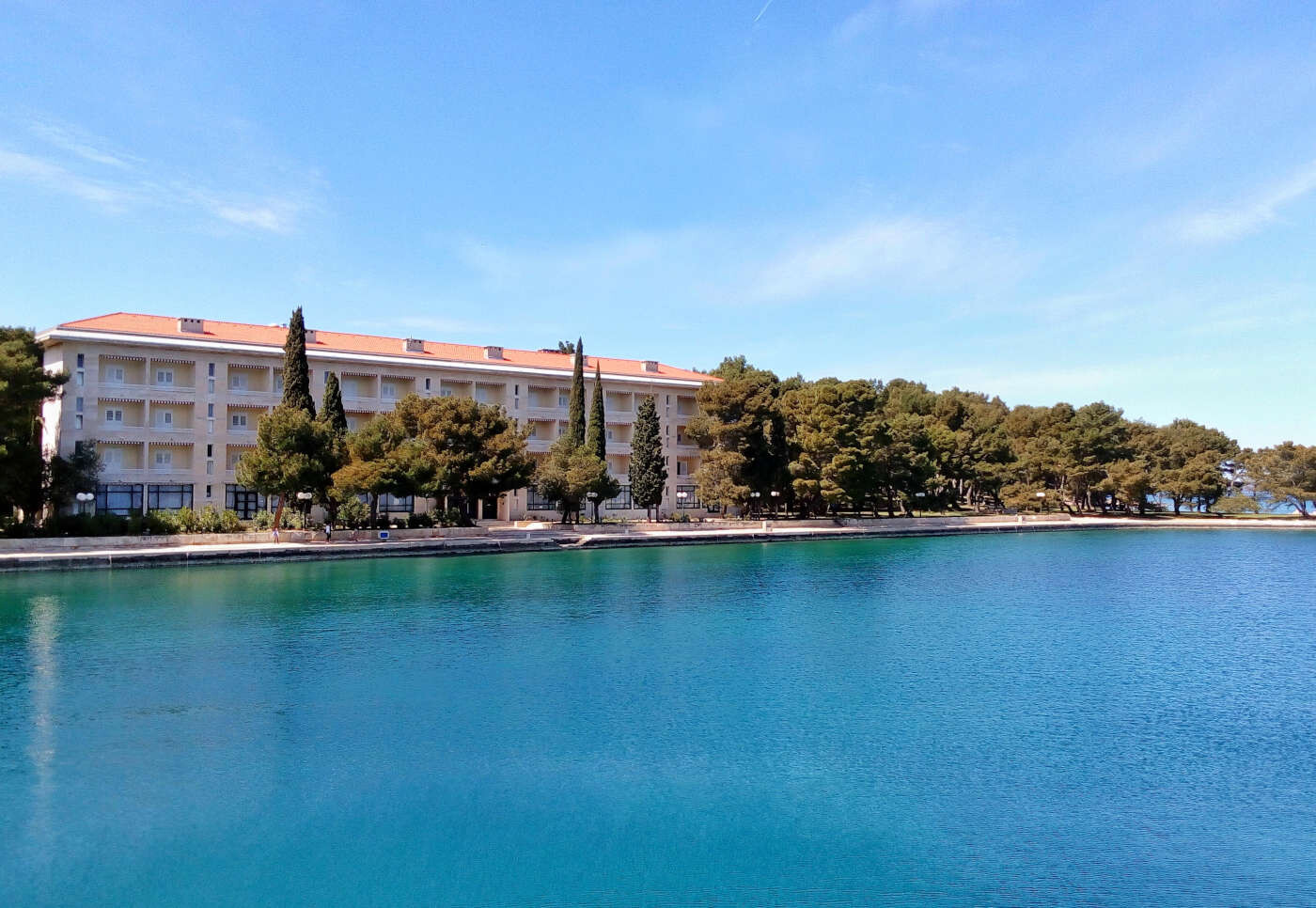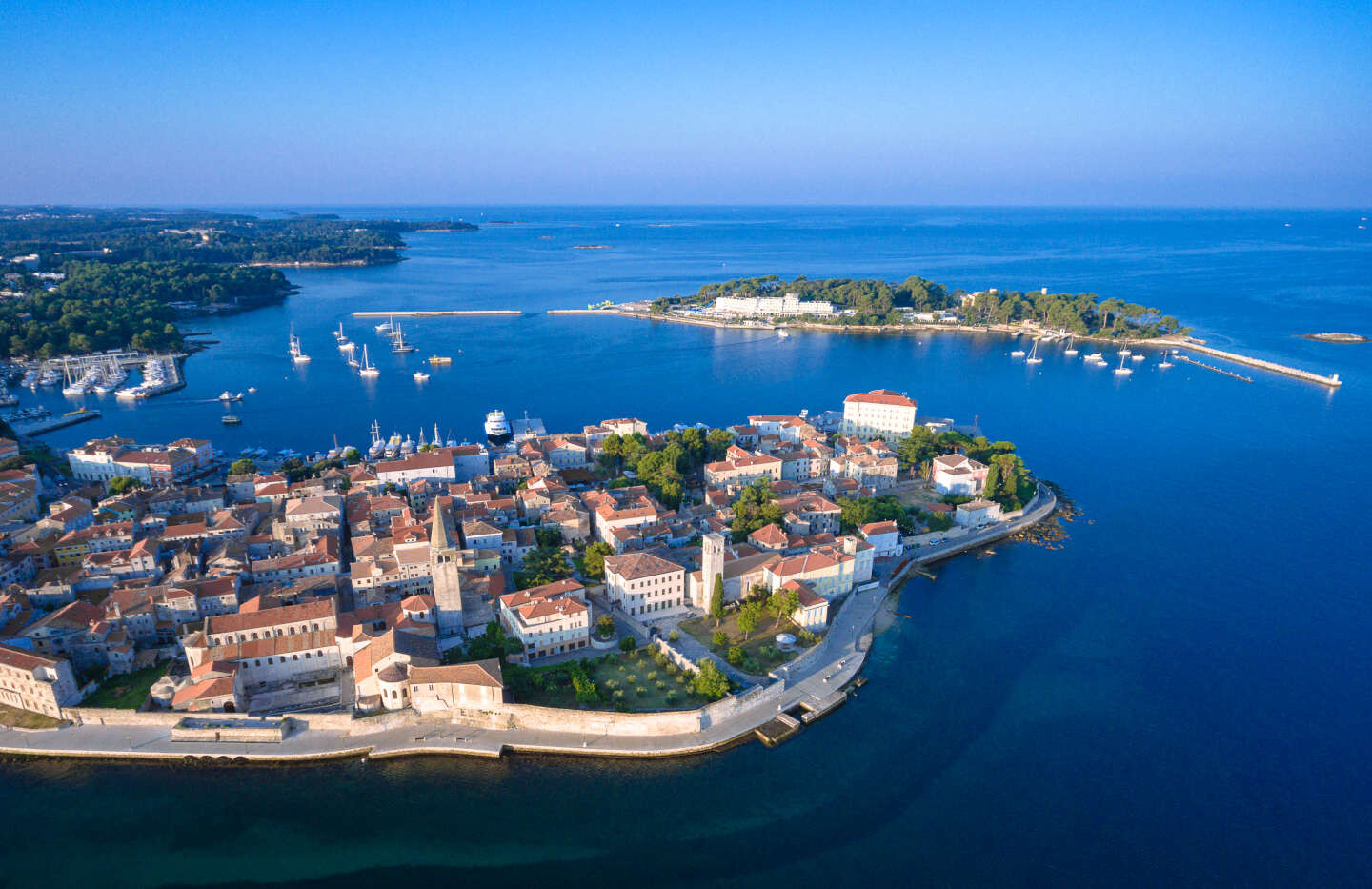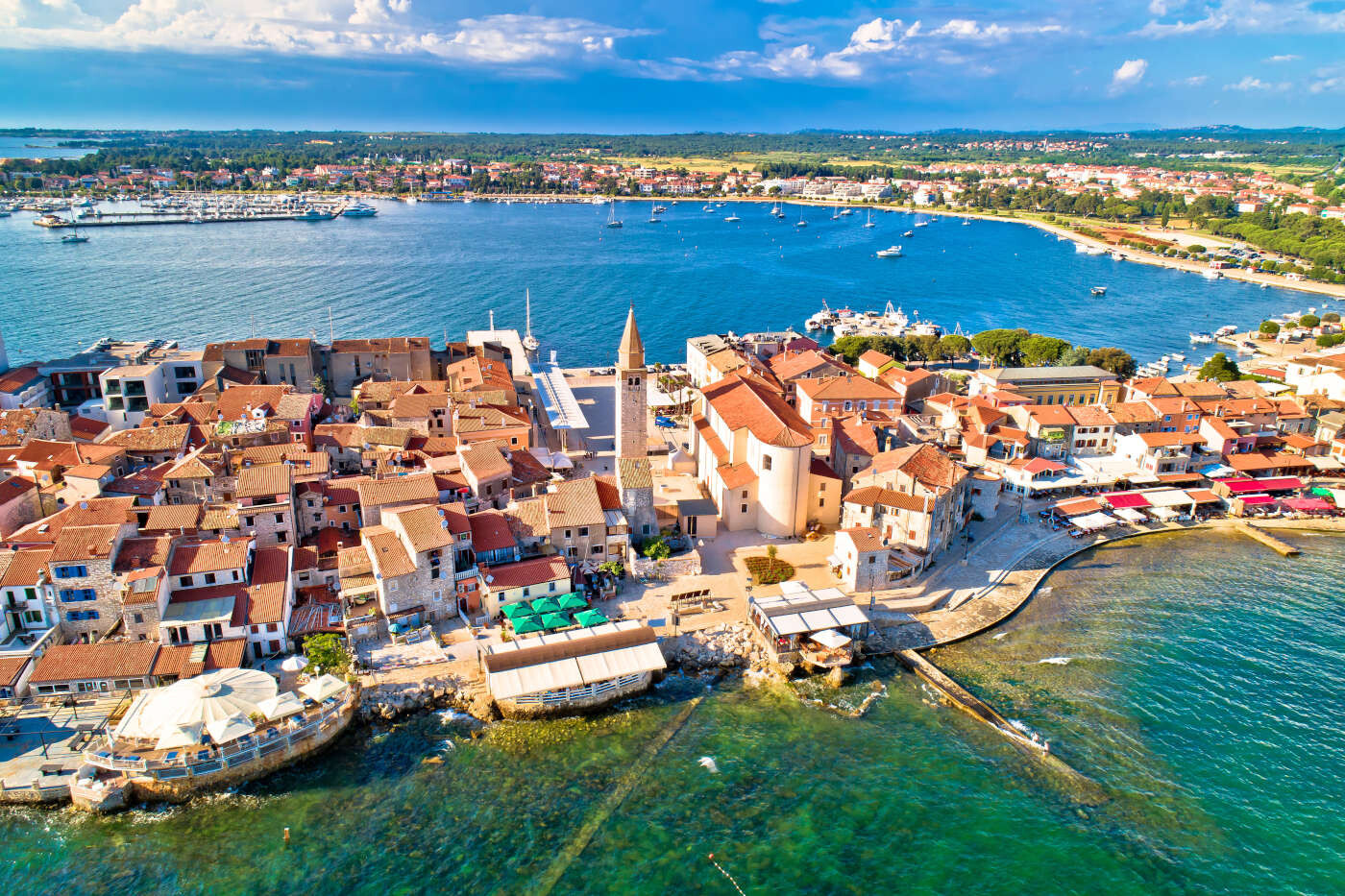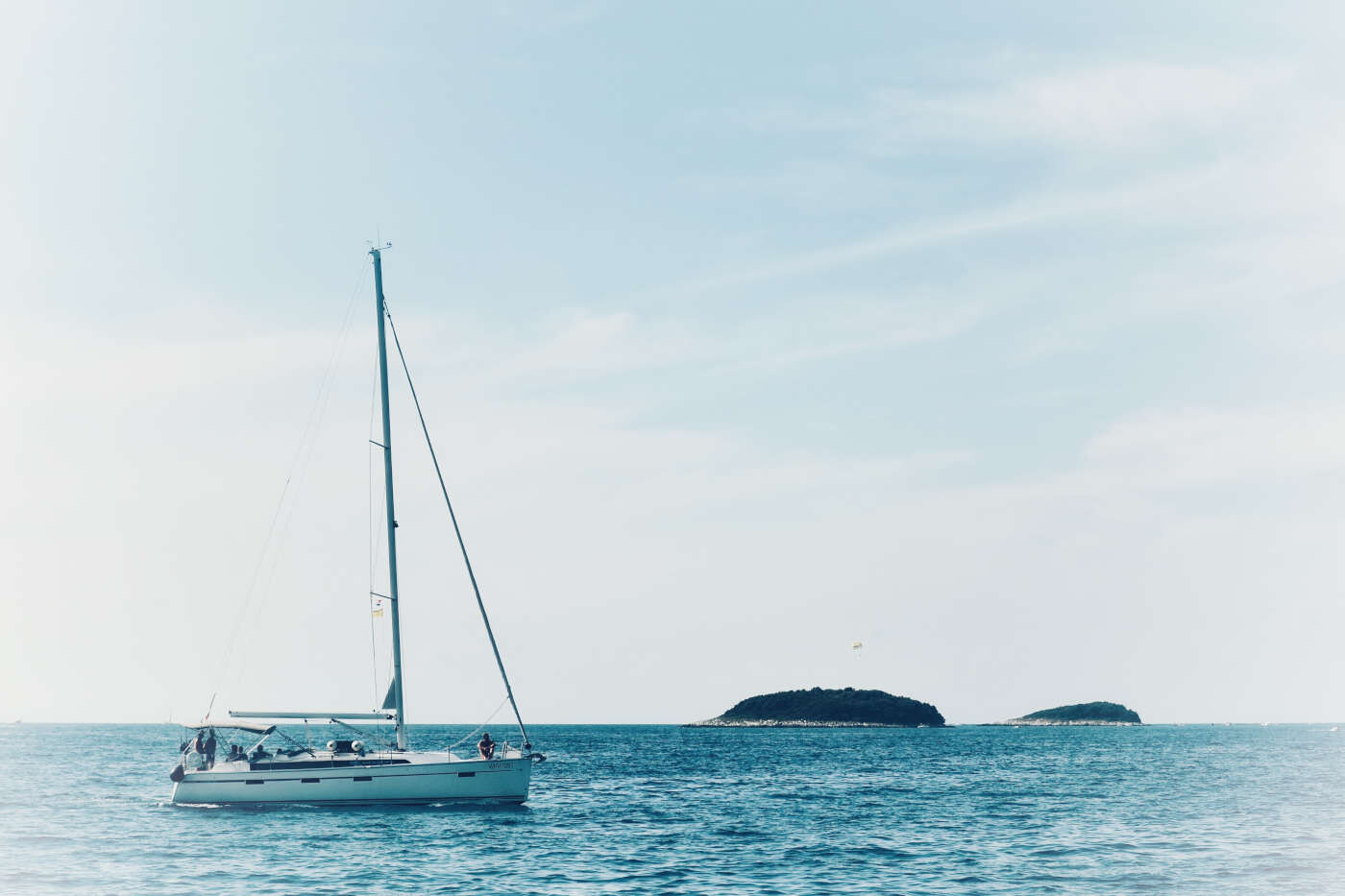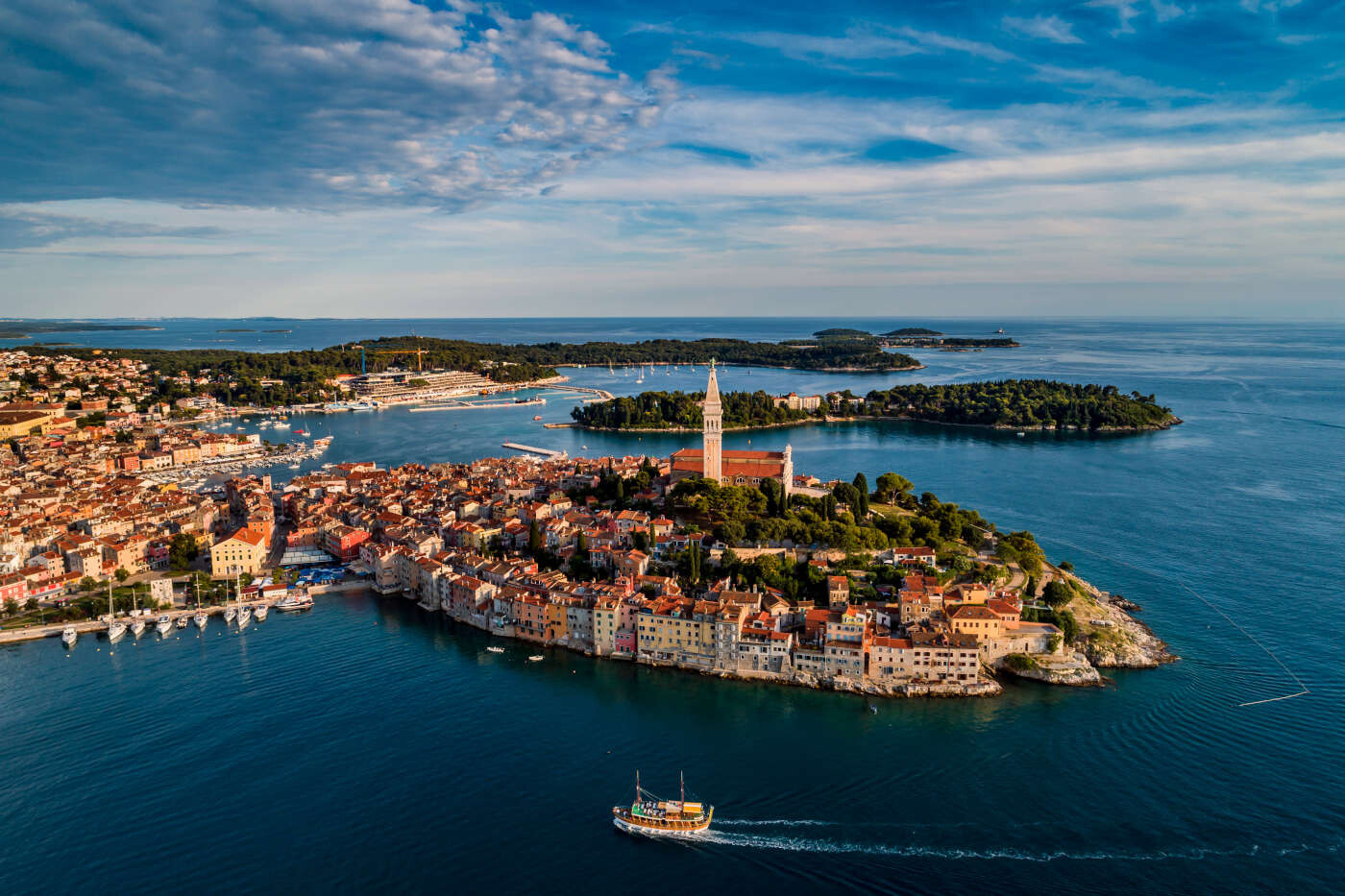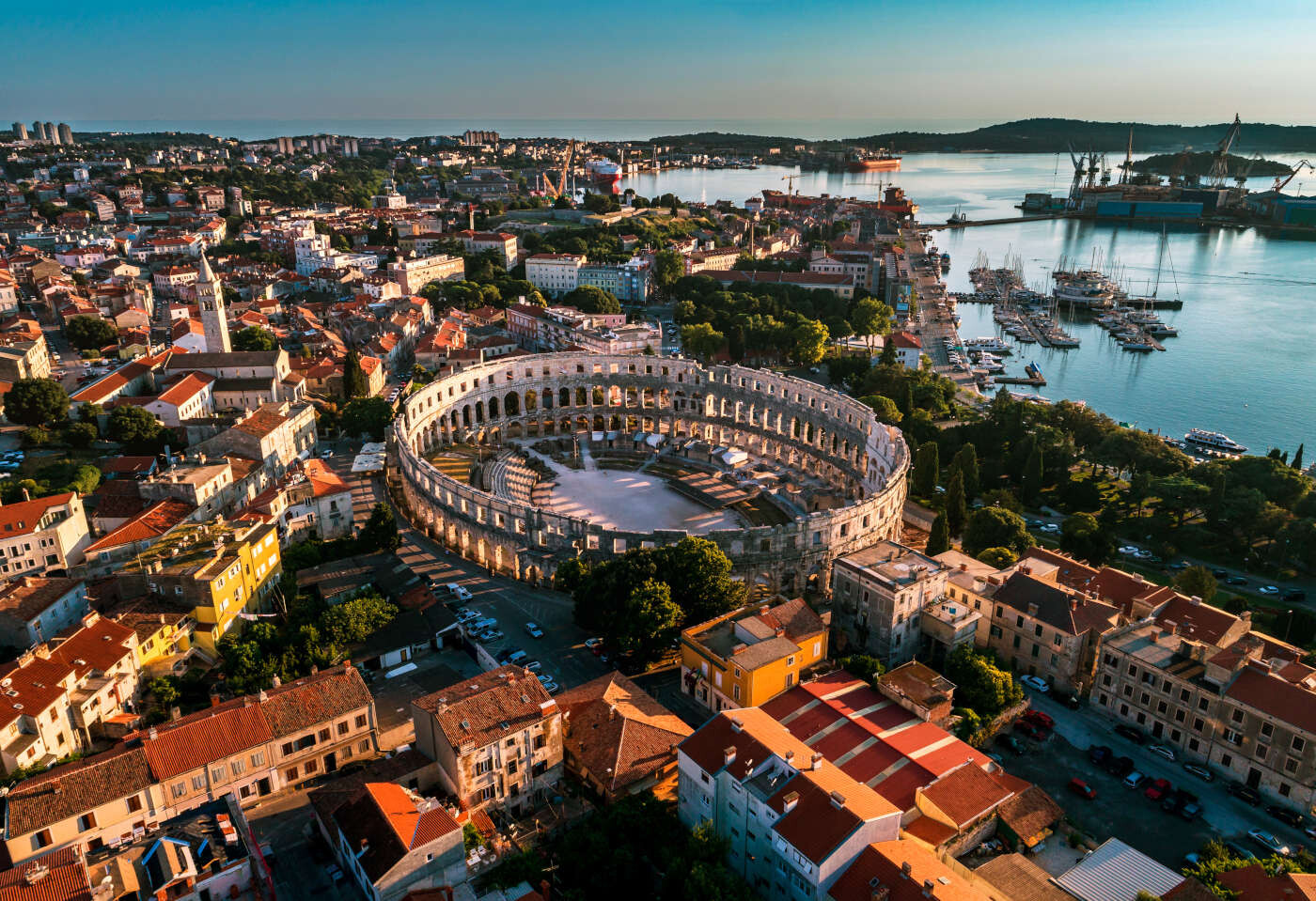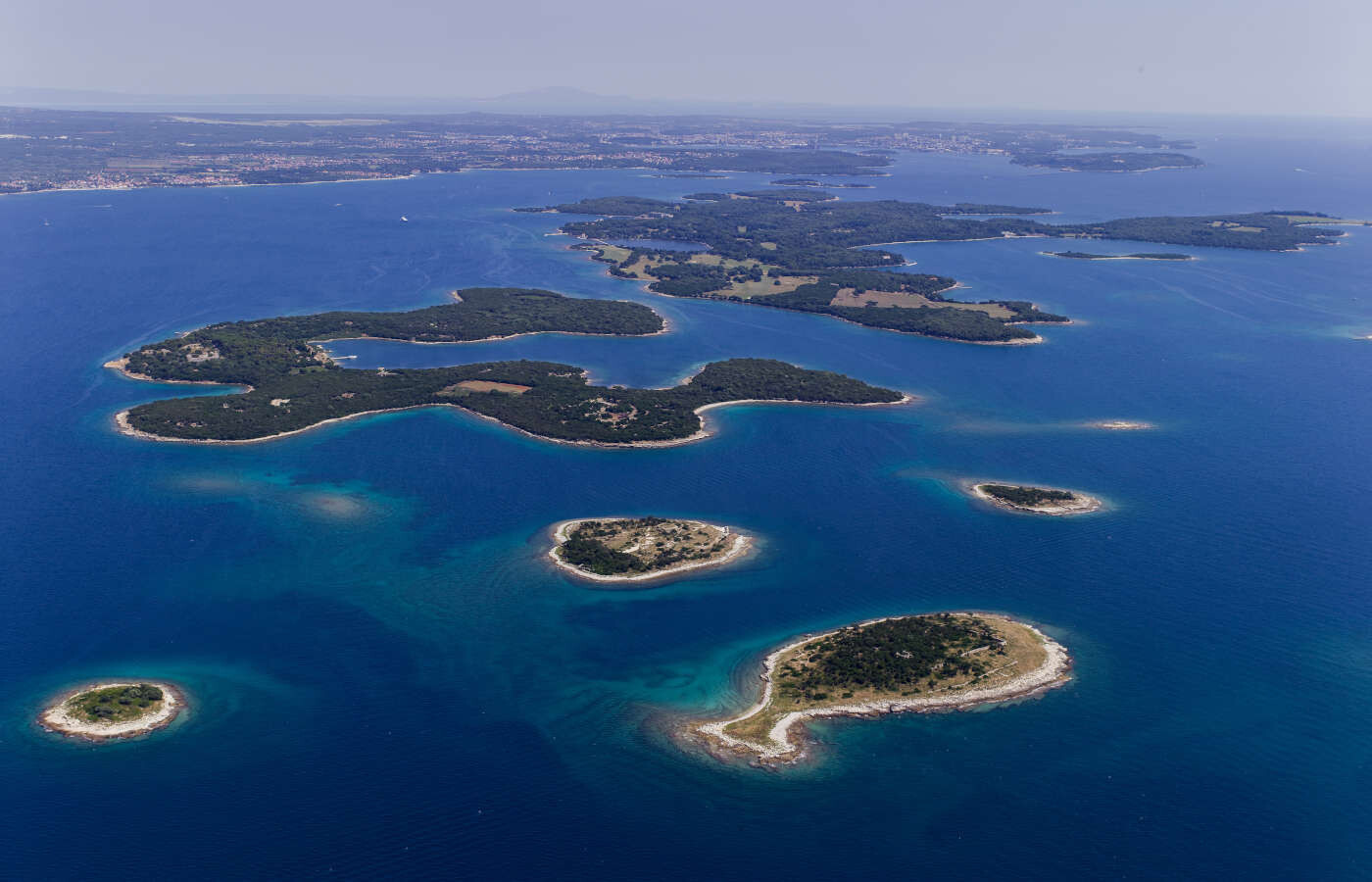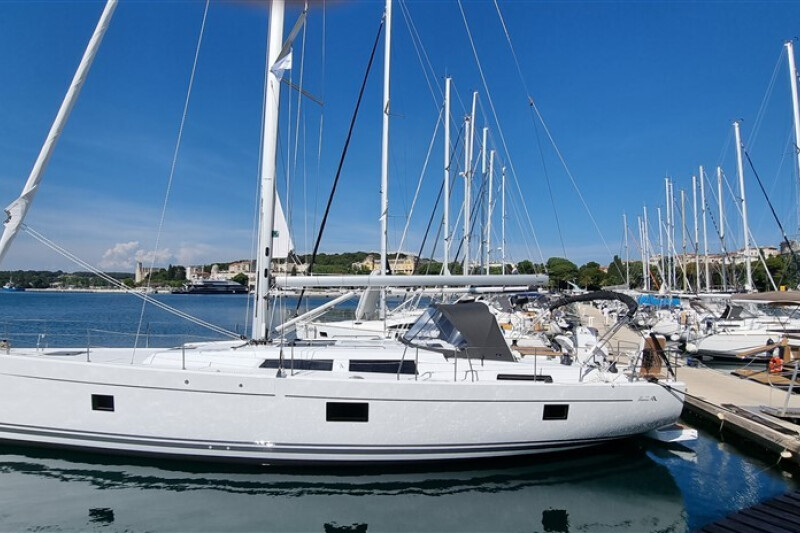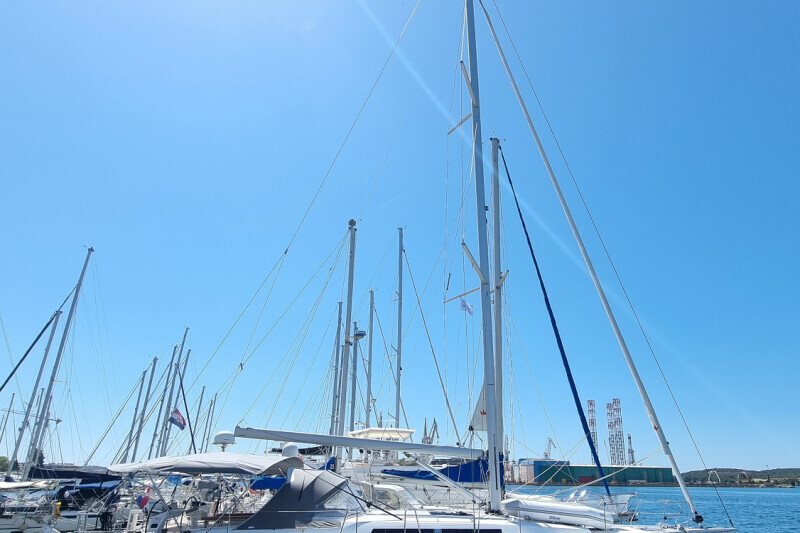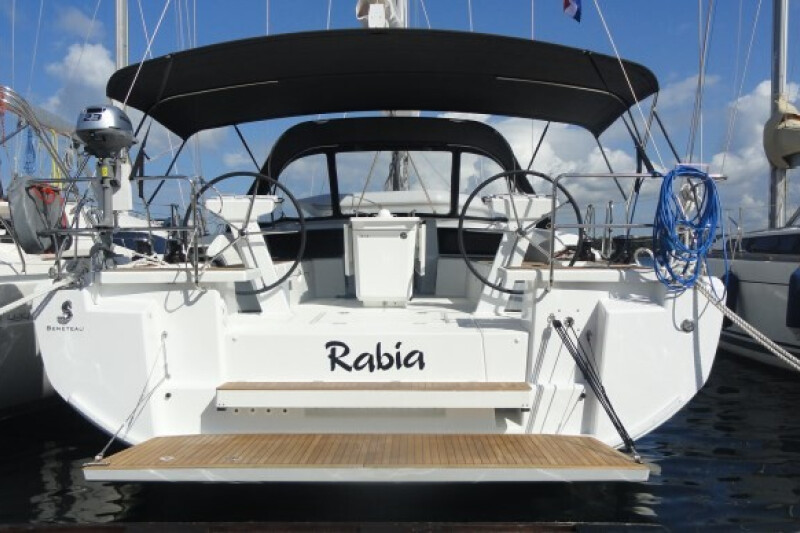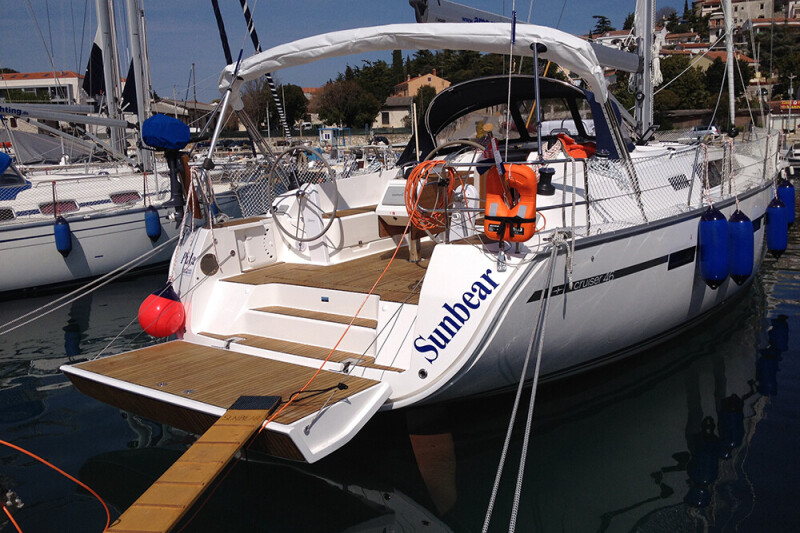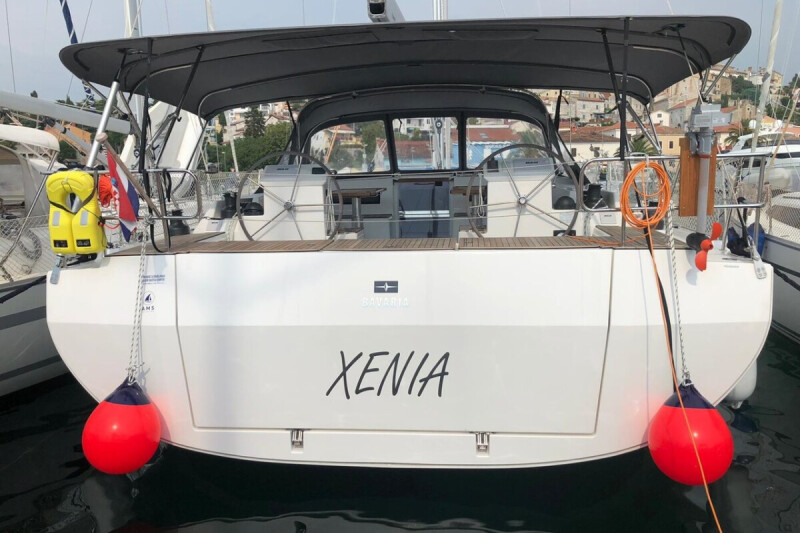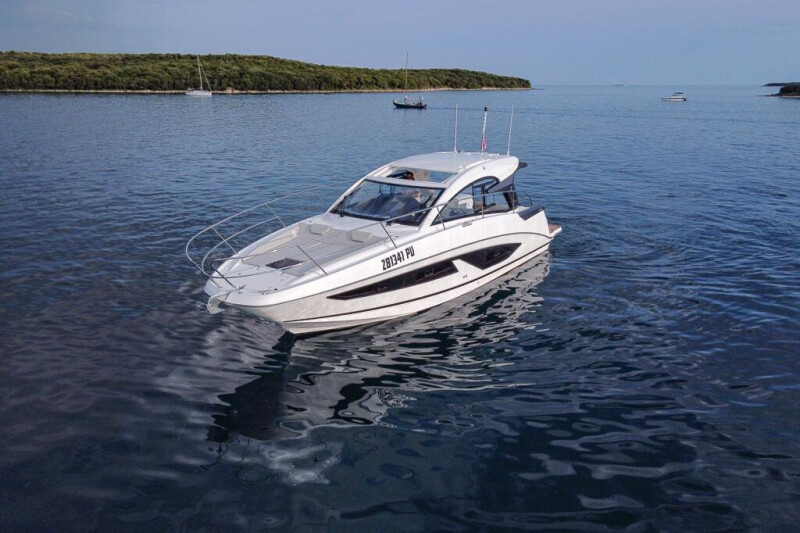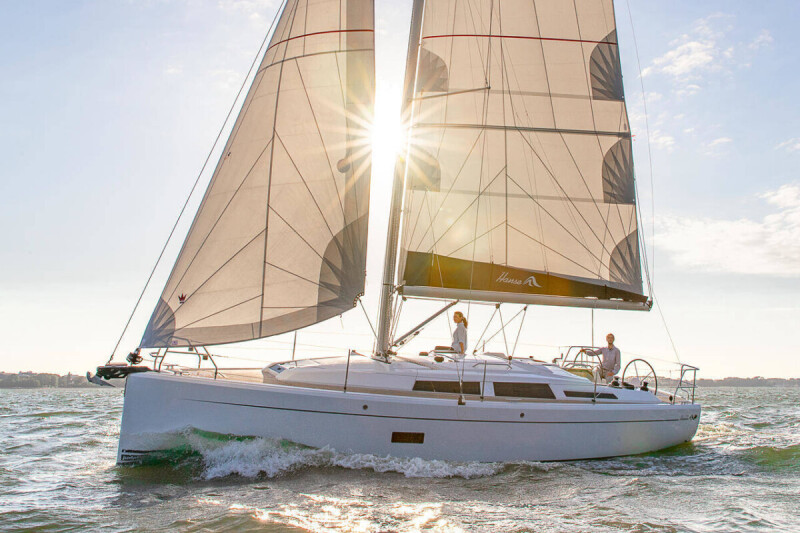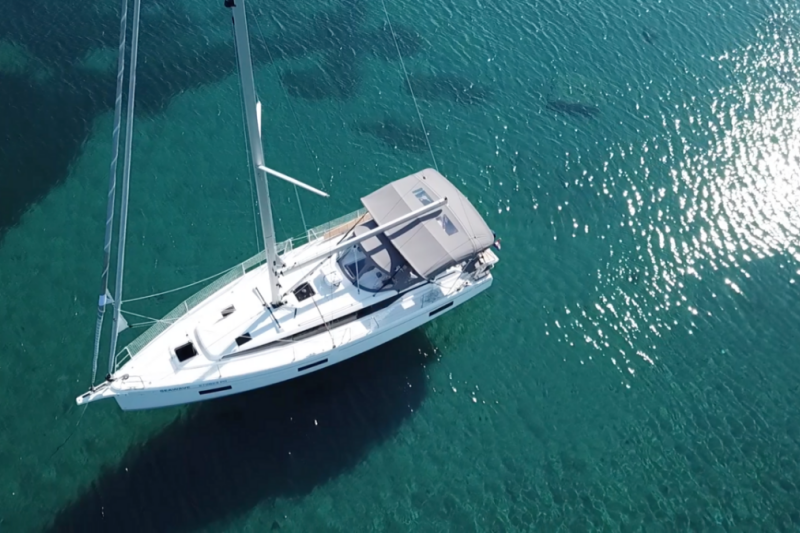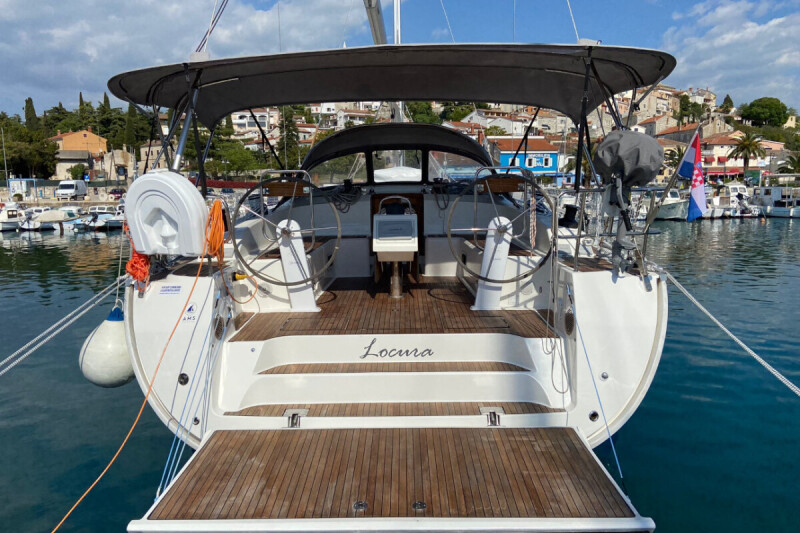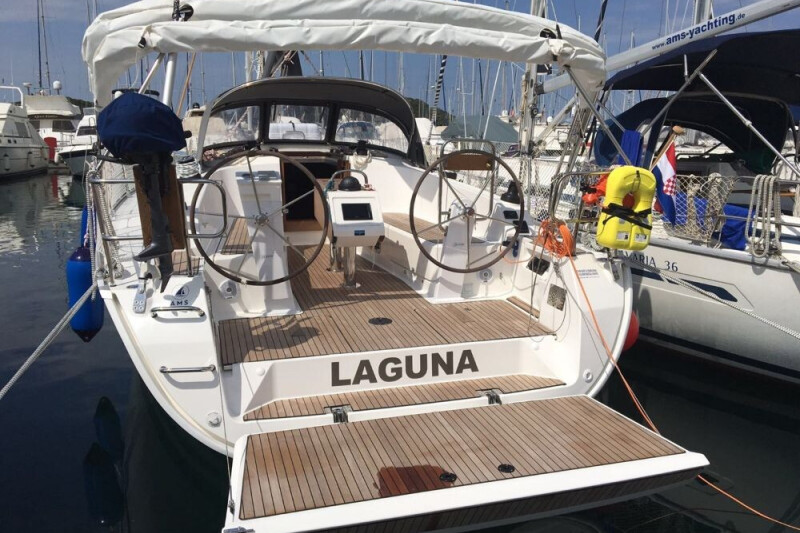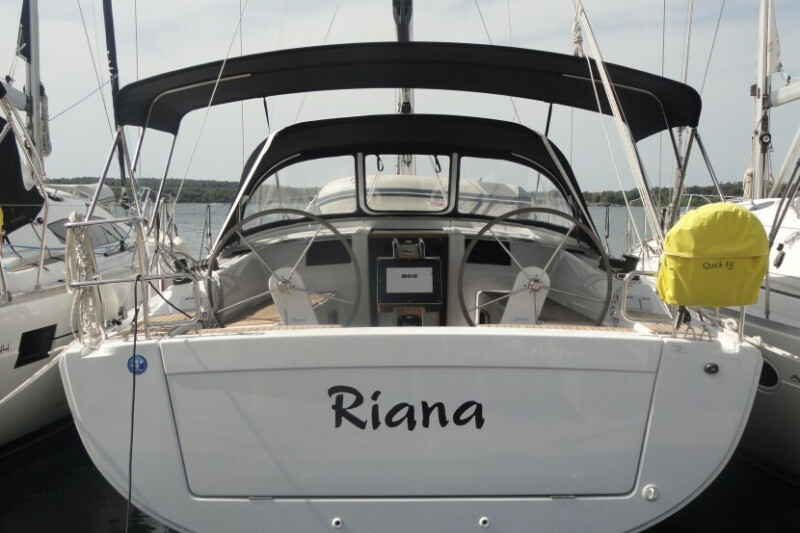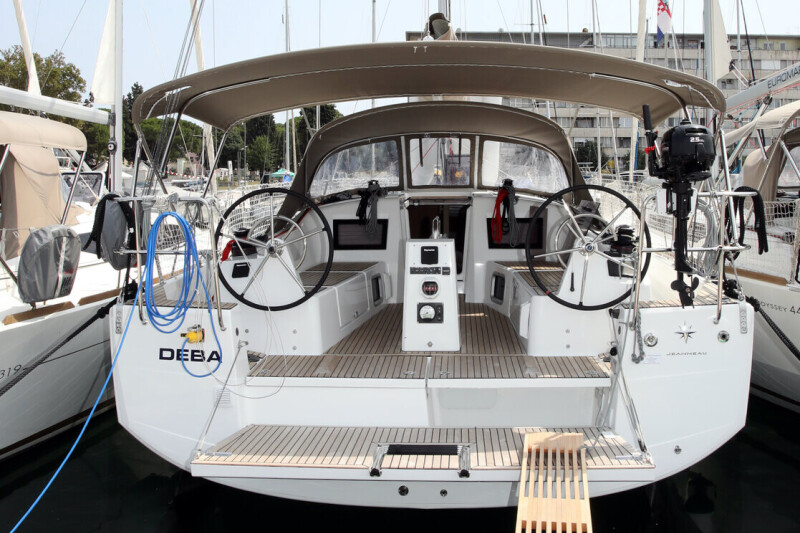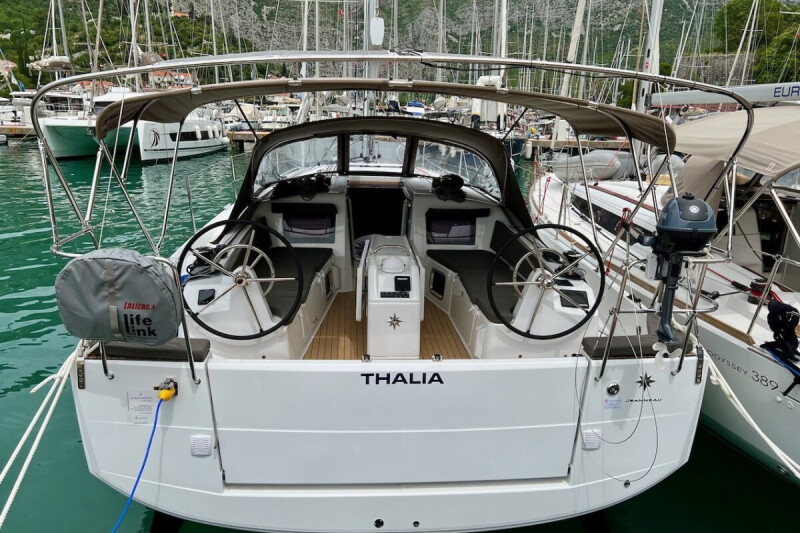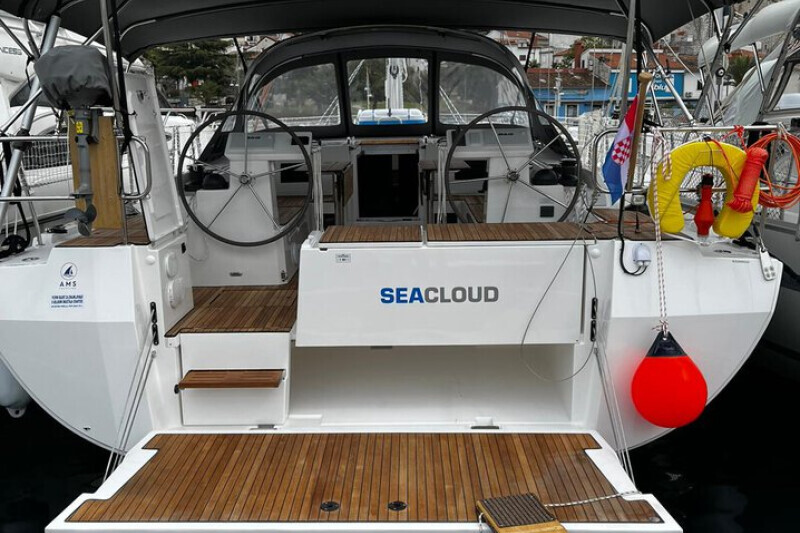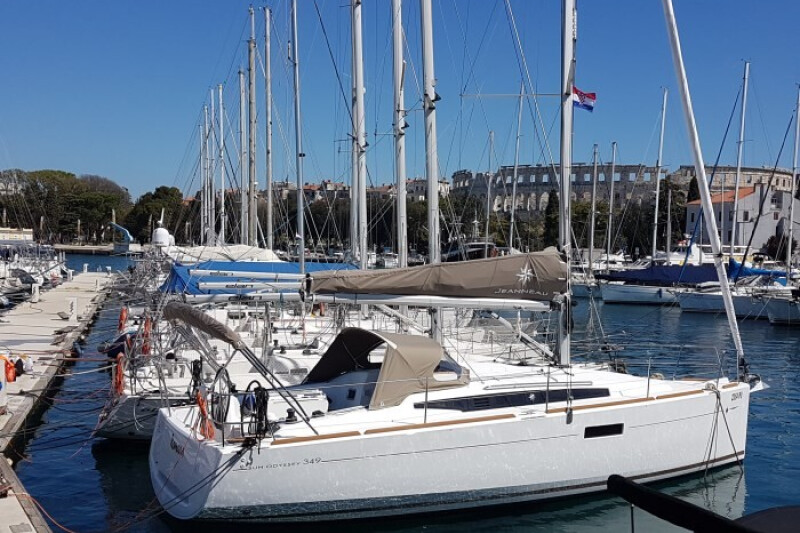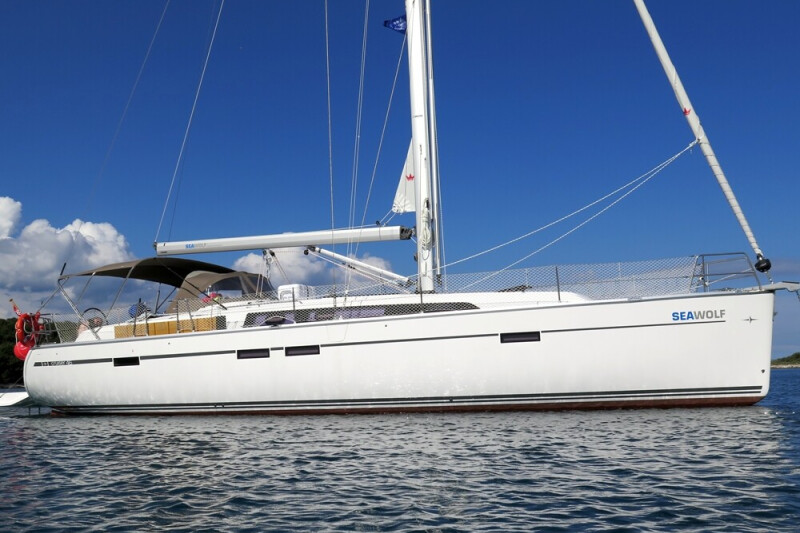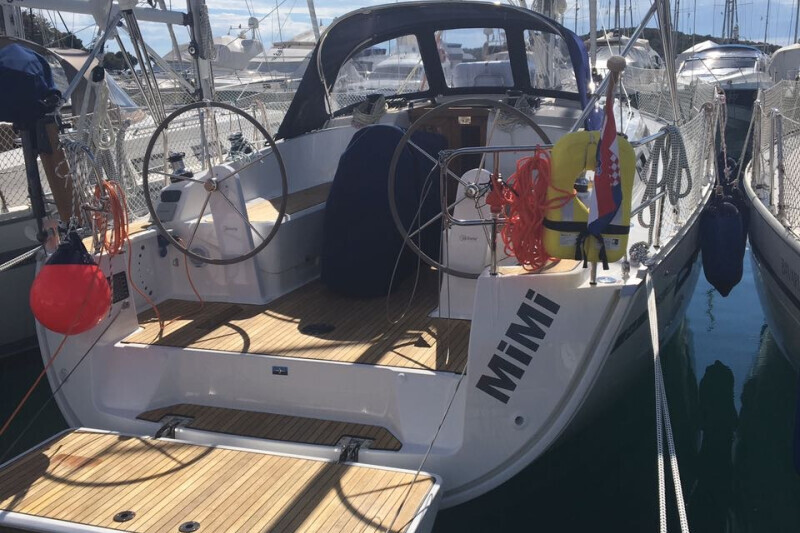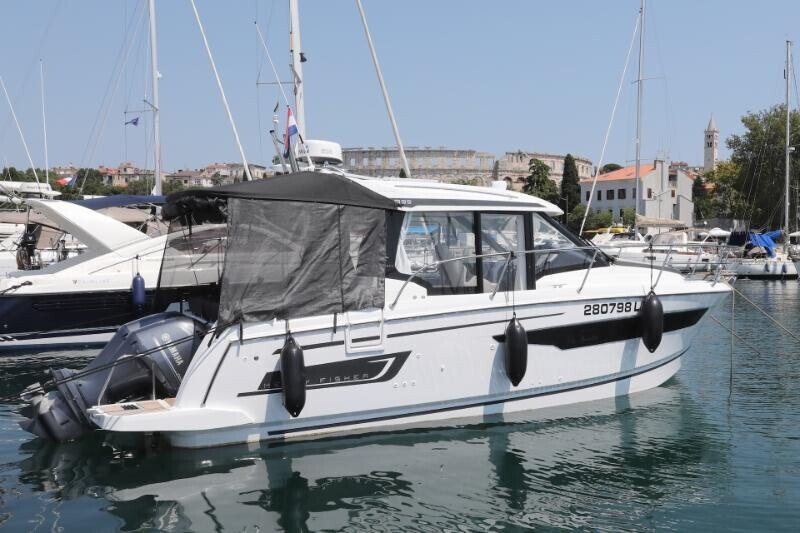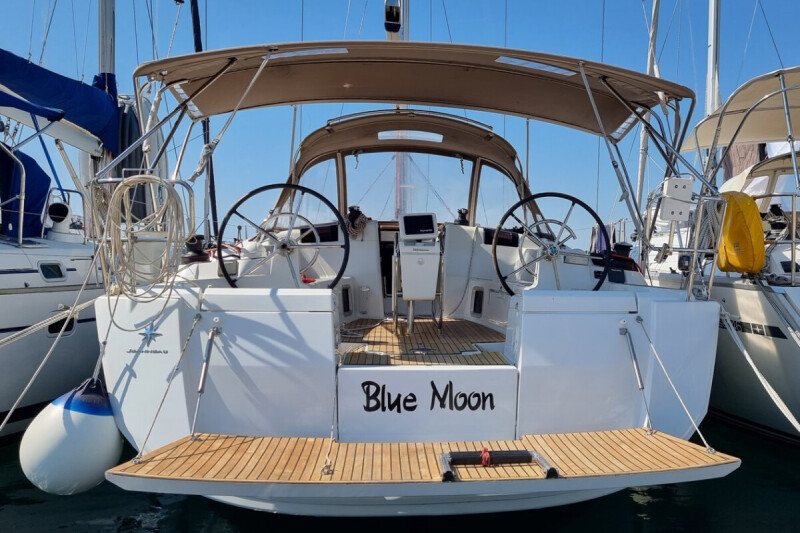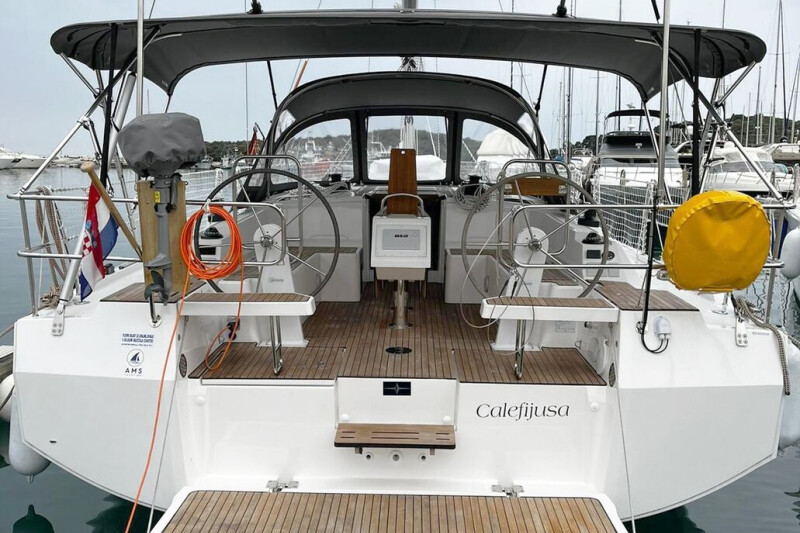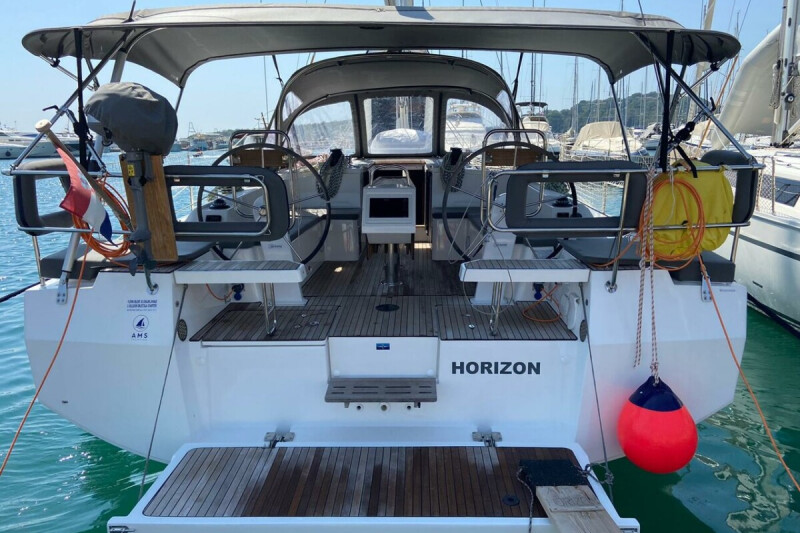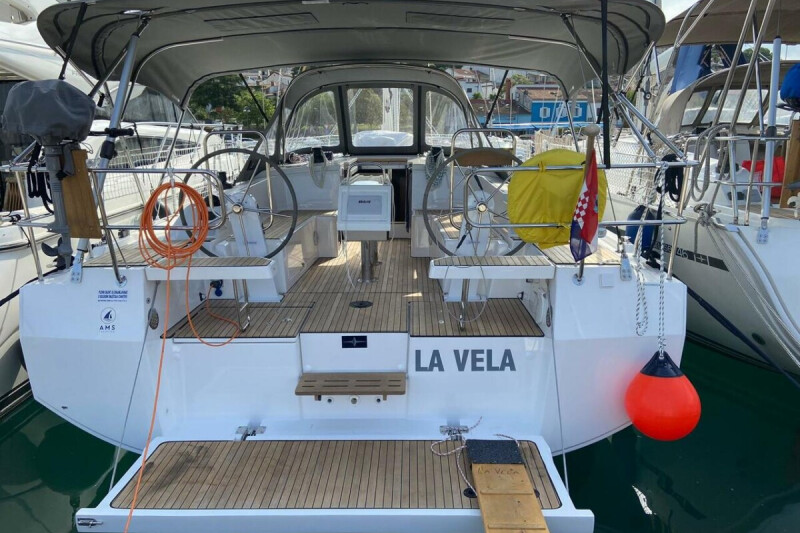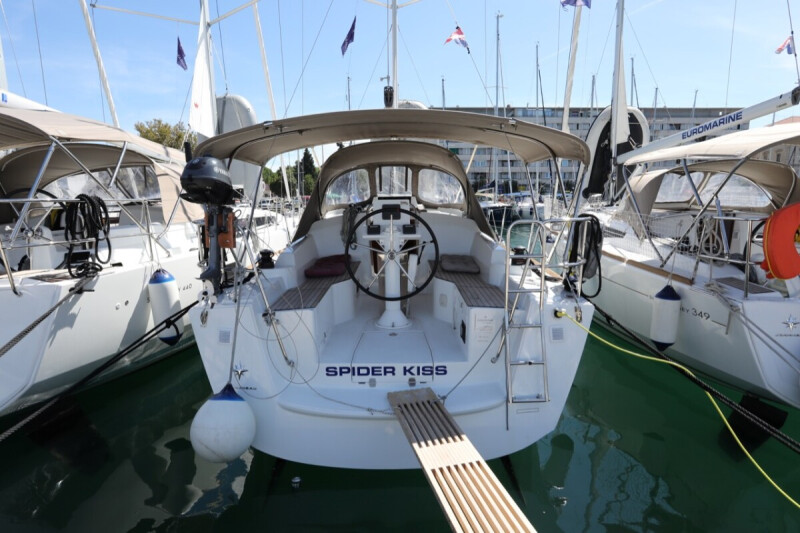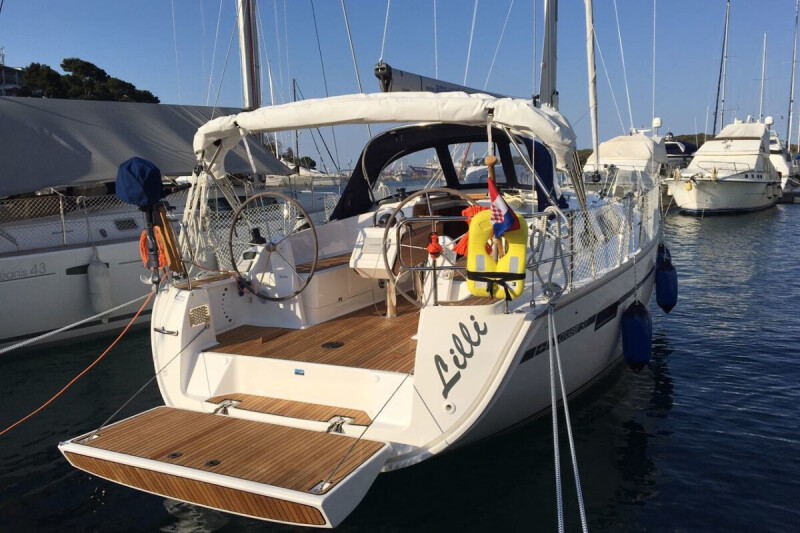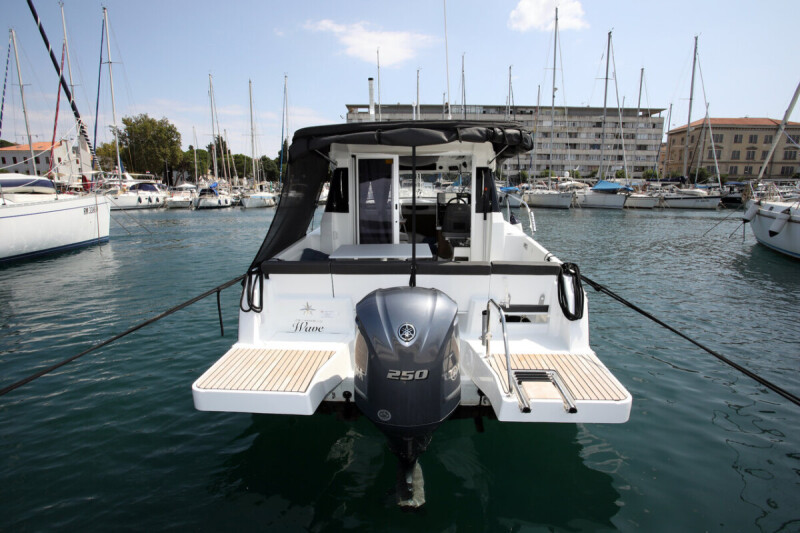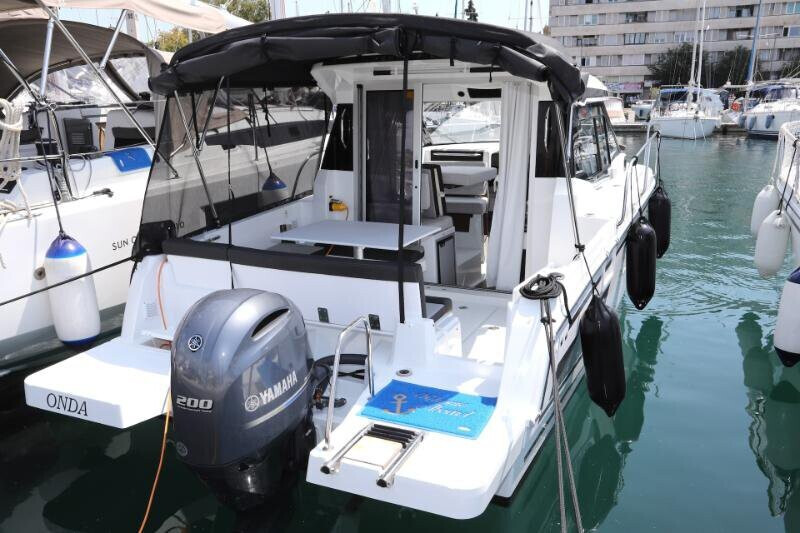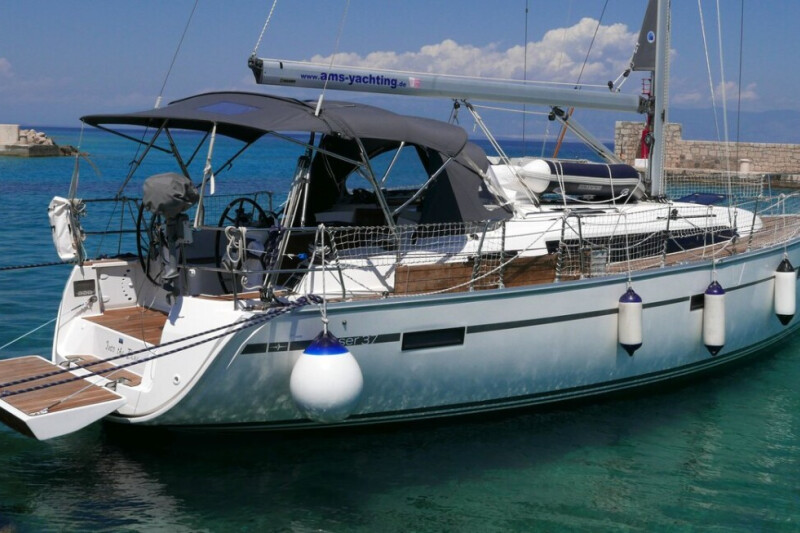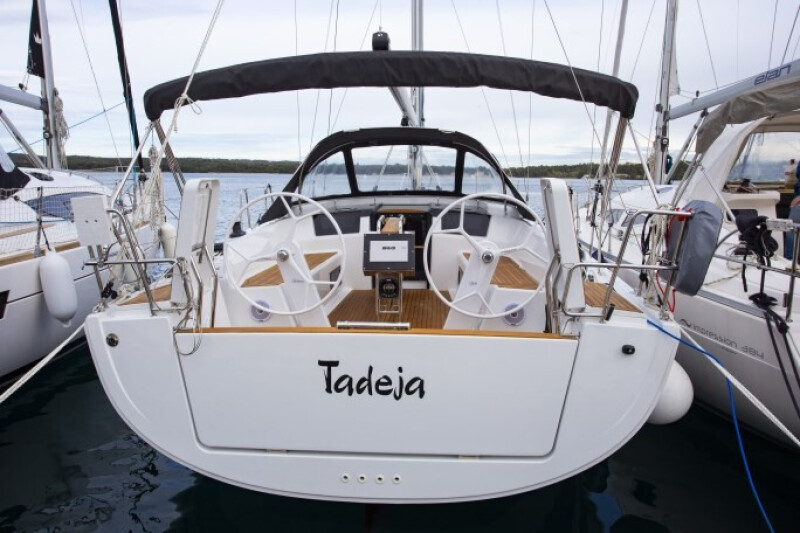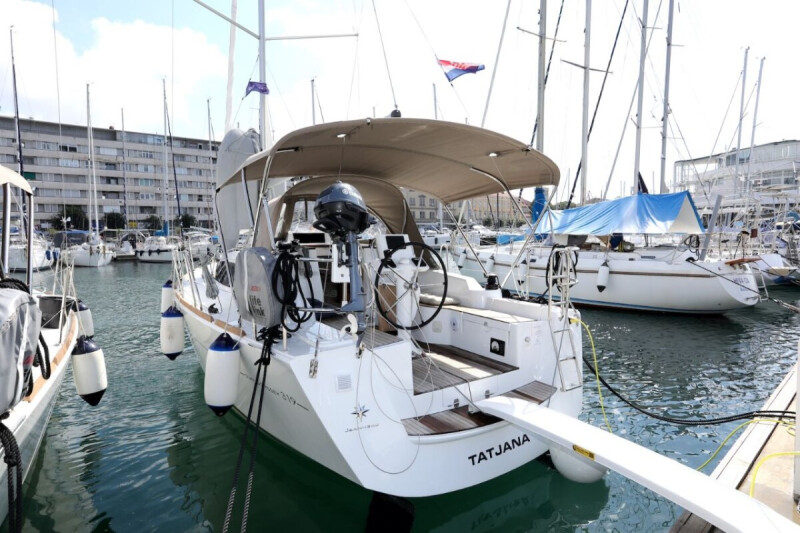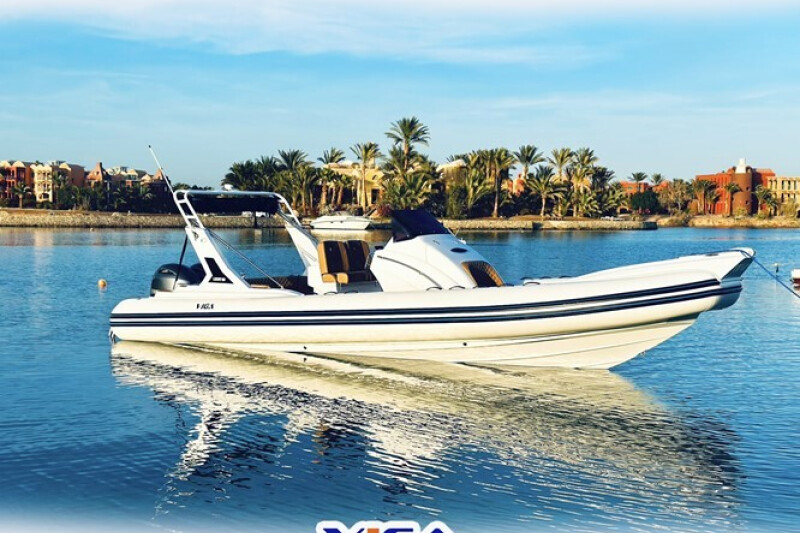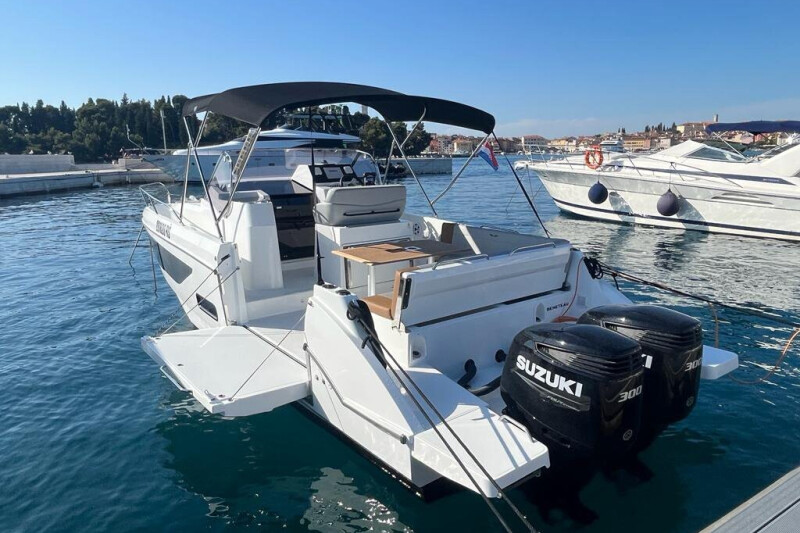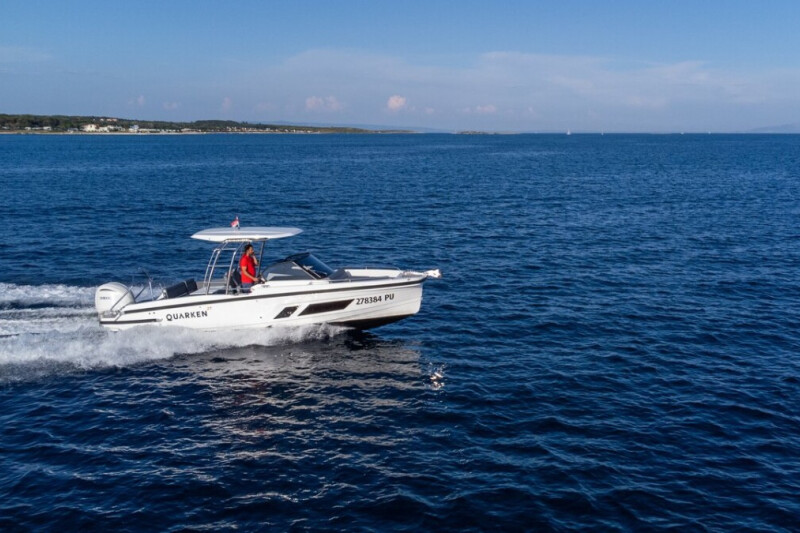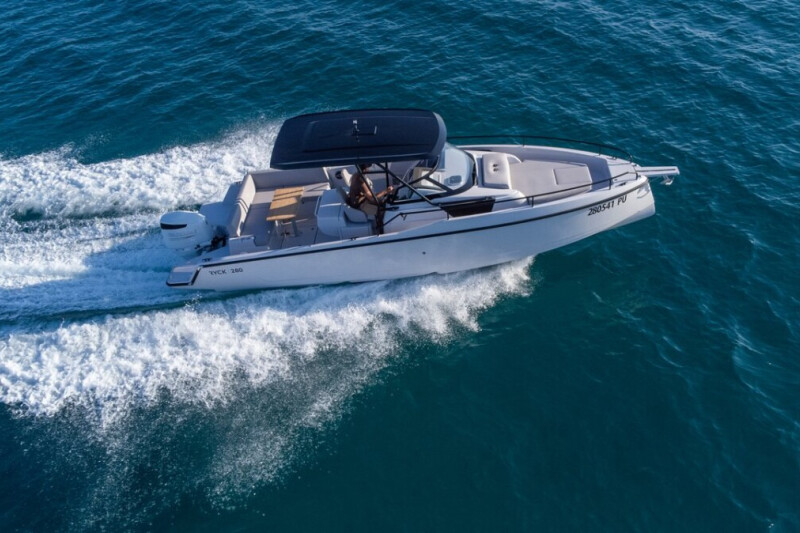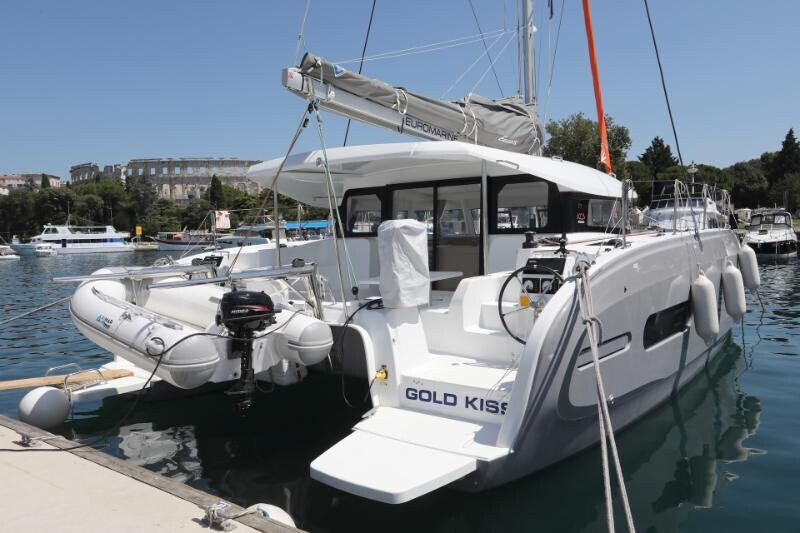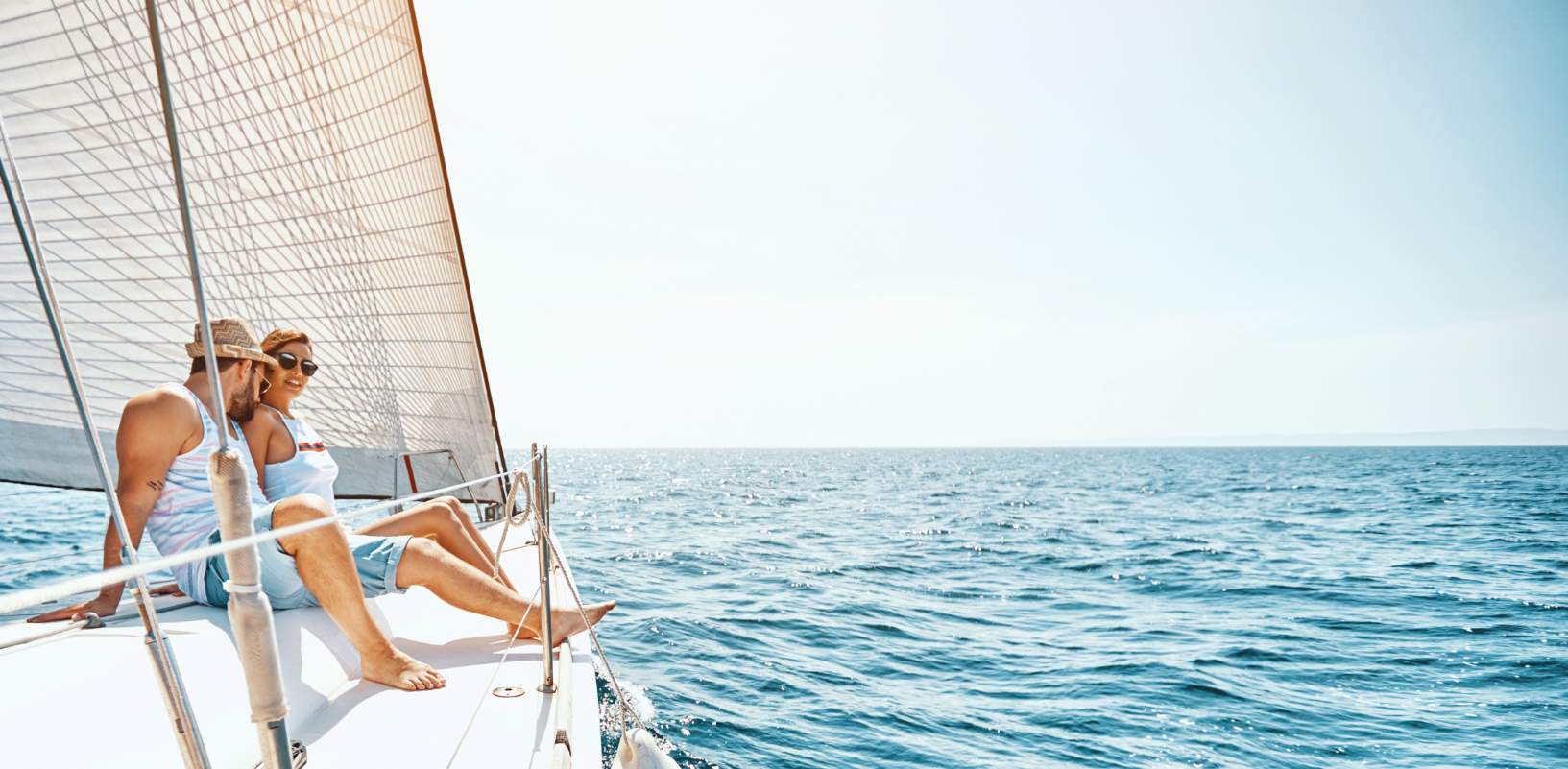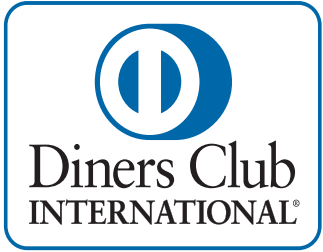Brijuni are a group of 14 small island on the west coast of Istria.
They are separated from Istiran peninsula by 2 km wide Fažana channel in northern Adriatic. Largest islands are Veliki Brijun, with area of 5,6 km² and Mali Brijun, with area of 1,7 km², and 12 smaller islands: (Sveti Marko, Gaz, Obljak, Supin, Galija, Grunj, Vanjski, Pusti Otok (Madona), Vrsar, Sv. Jerolim, Vanga (Krasnica) and Kotež. Islands are made of limestone, coverend by a thick earth layer. Highest peak (55m) is on Veliki Brijun. Name Brijuni, in use since year 1421, is supposed to be related to the old Illyrian term, with which they named the shallows. First evidence of islands being inhabited go back to the Bronze age, 300.000 years B.C.E. Ilyrian tribe Histri, from whom Istria name is derived, inhabited the islands, untill they were conquered by Romans. Archaeological research at the Verige Bay in Veliki Brion confirmed the existence of villa rustica. After the collapse of the Roman Empire, the islands were appropriated by the Ostrogots and the Byzantines, and in 1331 they came under the administration of Venice, the wealthy Venetian families settled prestigious residences on the island. Over a hundred years later, the inhabitants were cut off by the epidemic of malaria and plague, so that the islands were practically uninhabited by the 17th century.
At the time of the Austrian Empire, the then Vice-Governor Hans Birch Dahlerup, in nearby Pula, founded the main Austrian naval base, which gave the Brijuni archipelago a new strategic significance, as it represented a natural defense shield against possible attacks from the sea, especially from Italy. During this period fortresses were built on the archipelago, two large ones in Mali Brijun and five smaller ones in Veliki Brijun. At that time, the main inhabitants of the islands were soldiers and their caretakers.
In 1893 the Brijuni archipelago was bought by the Austrian iron industrialist Paul Kupelwieser built an elite tourist center, with hotels, promenades, sports fields, horse stables and other infrastructure on Large Brijun, but the development of tourism at the turn of the century interrupted the re-eruption of malaria. Kupelwieser brought the famous Slovenian forestry expert Alojz Čufar to Veliki Brijun, who became the manager of the archipelago, and the famous doctor, microbiologist and Nobel Prize winner Robert Koch, to fight malaria. During his two-year stay, he ordered all the lakes, ponds and drains dry up, and treated the patients with quinine, so that in 1902 the epidemic was overcome. In 1913, the hotel complex with over three hundred rooms, promenades, a sea-water swimming pool and a golf course with 18 holes was completed, but soon the First World War began when the Austrian soldiers returned to the archipelago. After the war, the entire Istria with its nearby islands belonged to Italy, including Brijuni, but these remained privately owned until the collapse of the Kupelwieser Company in 1936, and was then taken over by the Italian state. During the Second World War, the islands crossed from one hand to other, Italian fascists and the German occupiers devastated the islands quite considerably, and Allies added to the devastation by airborne bombardments towards the end of the war. After the liberation, the Yugoslav authorities partly repaired the damage and renovated hotels, while the then President Josip Broz - Tito arranged for a holiday residence in Vanga, and some of the facilities were built there according to the plans of the famous Slovenian architect Jože Plečnik. During the time of Yugoslavia, Brijuni (with the exception of Veliki Brijun) were a closed military area, also erased from official Yugoslav maps. In Brijuni, Tito hosted famous politicians, opera divas, hunting friends, film stars, among them Elizabeth Taylor, Richard Burton, Sophia Loren, Carla Ponti and Gina Lollobrigida, and other important personalities of that time, while in Veliki Brijun there was a safari park with exotic animals. Following the disintegration of Yugoslavia, the residency was inherited by Croatian President Franjo Tudjman, but the real reconstruction started only in this millennium.
Brijuni are famous for their beautiful landscape, and in 1983 they have been declared a Croatian national park. Access to Veliki Brijun is possible by ferry from Fažana.
